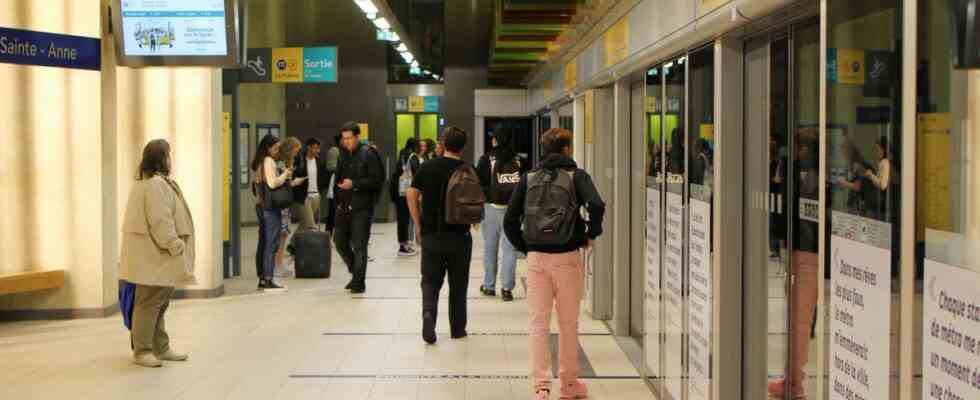Long awaited, line B of the metro has now been a reality for just over a month in Rennes. And its beginnings seem rather promising if we judge the first attendance figures unveiled on Monday. Since its entry into service on September 20, more than two million journeys have thus been recorded on line B. The novelty effect moreover played a major role in the first week with a peak of 120,000 journeys on the first day and a average of 100,000 trips over the next five days. Since then, attendance has stabilized at around 70,000 trips on average per day.
“It works well because we had counted on a target of 65,000 trips at the start”, underlines Matthieu Theurier, vice-president of the metropolis in charge of transport and mobility. By 2024, the community hopes that this figure will rise to more than 90,000 trips per day and even beyond. “It has in any case been calibrated for a gradual increase in load”, specifies the elected official.
Stopped for 5h30 since its opening
Not surprisingly, it is the two stations interconnecting with line A that have been the busiest since September with Sainte-Anne in pole position (13,500 daily trips) followed by the Gares station (10,000). “But other stations also work very well, such as Beaulieu-Université, Jules-Ferry or Gros-Chêne,” explains Matthieu Theurier. Twenty years older, line A also took advantage of the birth of its little sister to boost its attendance by around 13% due to interconnections.
On good track, however, line B remains “still in the running-in period”, warns the elected official. Some hiccups were thus expected at startup. And they did take place, with in particular a major breakdown lasting nearly three hours which impacted traffic on the first Saturday. “But there were only 5.5 hours of downtime over a month, which is quite low for a start-up,” he assures us.
Not yet the crowd in the relay parks
While the park and rides on line A are regularly full, the three located near line B, on the other hand, sound a little hollow with an occupancy rate of only 20 to 30%. But Matthieu Theurier is not particularly worried. “Attendance will be expected to increase with the redeployment of the bus network, he believes. And in any case, these relay parks have been sized for an increase in the number of travelers over several decades”.

